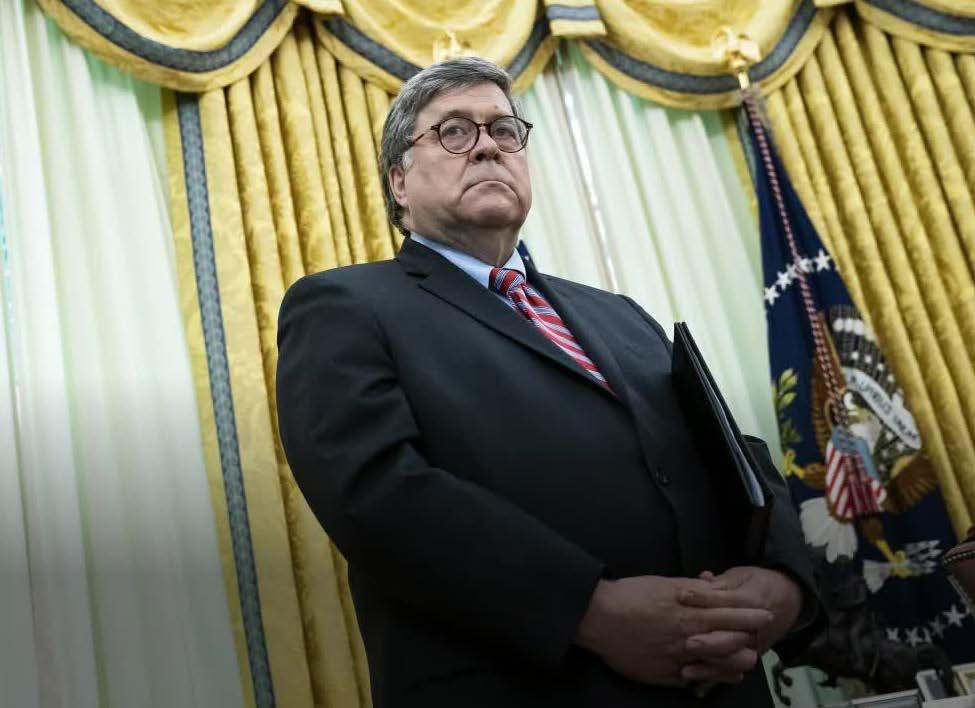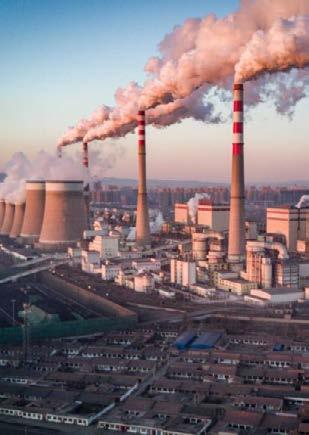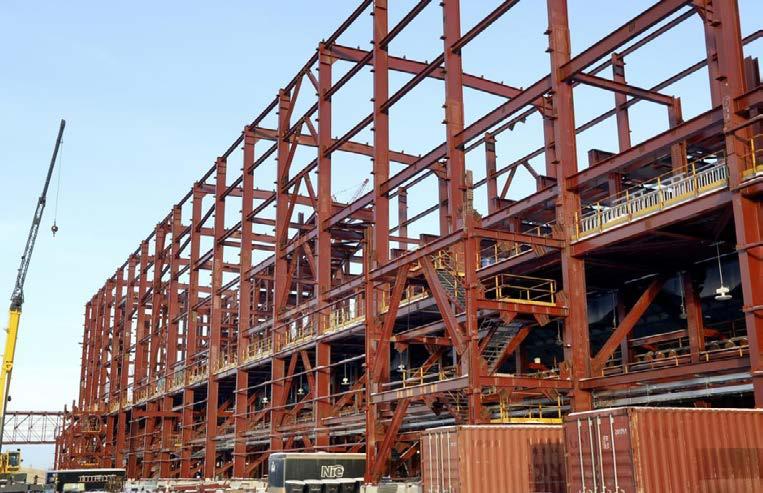AMERICAS
US coking coal relaxed amidst Biden Presidency US mining industries anticipate Joe Biden's presidency to lift certain barriers to the coking coal sector, but there is optimism that more attractive business dynamics can be fostered by infrastructure spending and a new approach to international ties.
I
n the last year or so, job cuts and mine closures related to a poor economy indicated that the Donald Trump administration struggled, as the industry had planned, to boost coal jobs substantially. But in the last election, support for the outgoing president in the big coal mining states of West Virginia and Alabama stayed high, although Biden won Pennsylvania over Trump by a narrow margin of 0.8pc.
Meanwhile, ahead of Biden's presidency, mining companies remain relatively unfazed, with most of them concentrating on taking advantage of the recent rise in Chinese demand for low-volatile and mid-volatile alternatives to Australian coals in the midst of an import curb. TIGHTER RULES BUT CONSTRAINED BARRIERS
US mining businesses anticipate stricter emissions regulations and more stringent
permitting procedures, which may slow construction ventures and in certain situations, increase prices. "It is possible that pollution and stream security and methane emissions will be re-examined, but I do not anticipate a coal battle, and I do not expect the use of financial arms against coal," said one miner. In late 2016, soon after taking office, Trump began unwinding legislation set in motion by former President Barack Obama. Yet market pressures have proven to be more strong than Trump's attempts to support a comprehensive deregulation of the sector. Competition with lower-priced shutdowns of natural gas and power plants connected to the mercury and air toxics law of Obama put the coal sector under threat, and would continue to do so under Biden. US coal mining companies have also started a trend of moving into a relatively more profitable and competitive coking coal market in recent years, as global steel supply and demand continue to climb. "During Trump's presidency, coal was still in great financial difficulty," one mining company said. Trump's presidency also struggled to increase jobs in the US coal sector substantially, and coal output has also declined over the time. In 2019, the bituminous coal industry employed an average of 51,605 employees, just marginally up from 50,735 in 2016, though overall coal output grew from 725 million st in 2016 to 773 million st in 2017, production only reached 703 million st in 2019, well below the 998 million st reported in 2014. For the first half of 2020, gross coal output in the US was 260 mn st, with estimates for the second half very difficult to keep up with last year's in the middle of continuing supply cuts and mine closures. Trump's tenure in office coincided with higher output and prices of coal, helped in part by increasing domestic demand, but
30 | SKILLINGS MINING REVIEW January 2021














